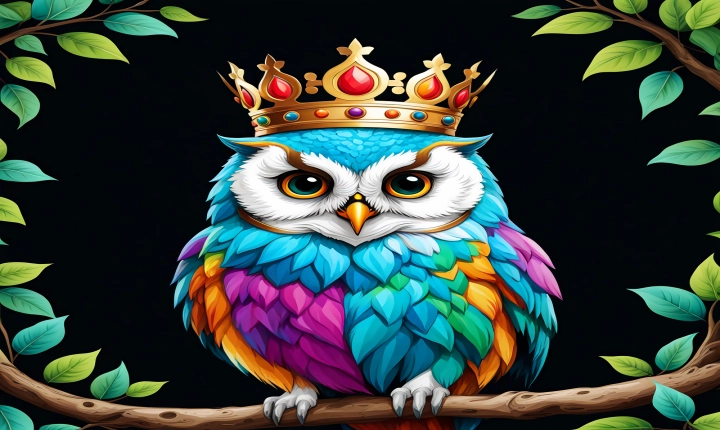Is Chatbot AI or RPA?
In recent years, the terms “AI” (Artificial Intelligence) and “RPA” (Robotic Process Automation) have become increasingly popular in the tech industry. Both technologies have significantly impacted the way businesses operate, but there may be some confusion about whether chatbots fall under the category of AI or RPA. In this article, we will explore the characteristics of chatbots and determine whether they are classified as AI, RPA, or perhaps a combination of both.
What is an AI Chatbot?
AI chatbots are designed to simulate human conversation and interactions using artificial intelligence techniques such as natural language processing (NLP) and machine learning. These chatbots are capable of understanding and responding to human language, making them useful in various customer service, support, and information retrieval applications.
AI chatbots are built with the ability to continuously learn and improve their responses based on the data and interactions they receive. They can analyze patterns in communication, adapt to new scenarios, and provide more personalized and human-like interactions. As a result, AI chatbots can significantly enhance user experiences and streamline communication processes for businesses.
What is RPA?
On the other hand, RPA, or Robotic Process Automation, refers to the use of software robots or “bots” to automate repetitive and rule-based tasks within business processes. These bots are programmed to mimic the actions that a human would perform when interacting with digital systems, such as entering data, copying and pasting information, and navigating through software applications.
RPA is particularly effective in automating back-office processes, data entry tasks, and workflows that involve interacting with multiple systems. It aims to eliminate manual effort, reduce errors, and improve operational efficiency by allowing bots to handle routine tasks, freeing up human employees to focus on more strategic and complex responsibilities.
So, Is Chatbot AI or RPA?
Based on the characteristics described above, it is evident that chatbots align more closely with the classification of AI rather than RPA. AI chatbots are driven by machine learning algorithms and natural language processing capabilities, enabling them to understand and generate human-like responses. They leverage AI techniques to provide intelligent and context-aware conversational experiences, thereby offering a more sophisticated and interactive solution compared to traditional rule-based automation provided by RPA.
However, it is important to note that there can be instances where AI and RPA elements are combined in a single chatbot solution. For example, an AI chatbot may integrate with RPA technology to automate certain backend processes based on user requests, creating a seamless end-to-end experience.
In conclusion, while chatbots can benefit from RPA integration for certain automation tasks, they predominantly fall under the umbrella of AI due to their advanced cognitive capabilities and adaptive nature. Understanding the distinction between AI and RPA in the context of chatbots is crucial for businesses looking to leverage these technologies to enhance customer engagement, streamline processes, and drive innovation in their operations.
